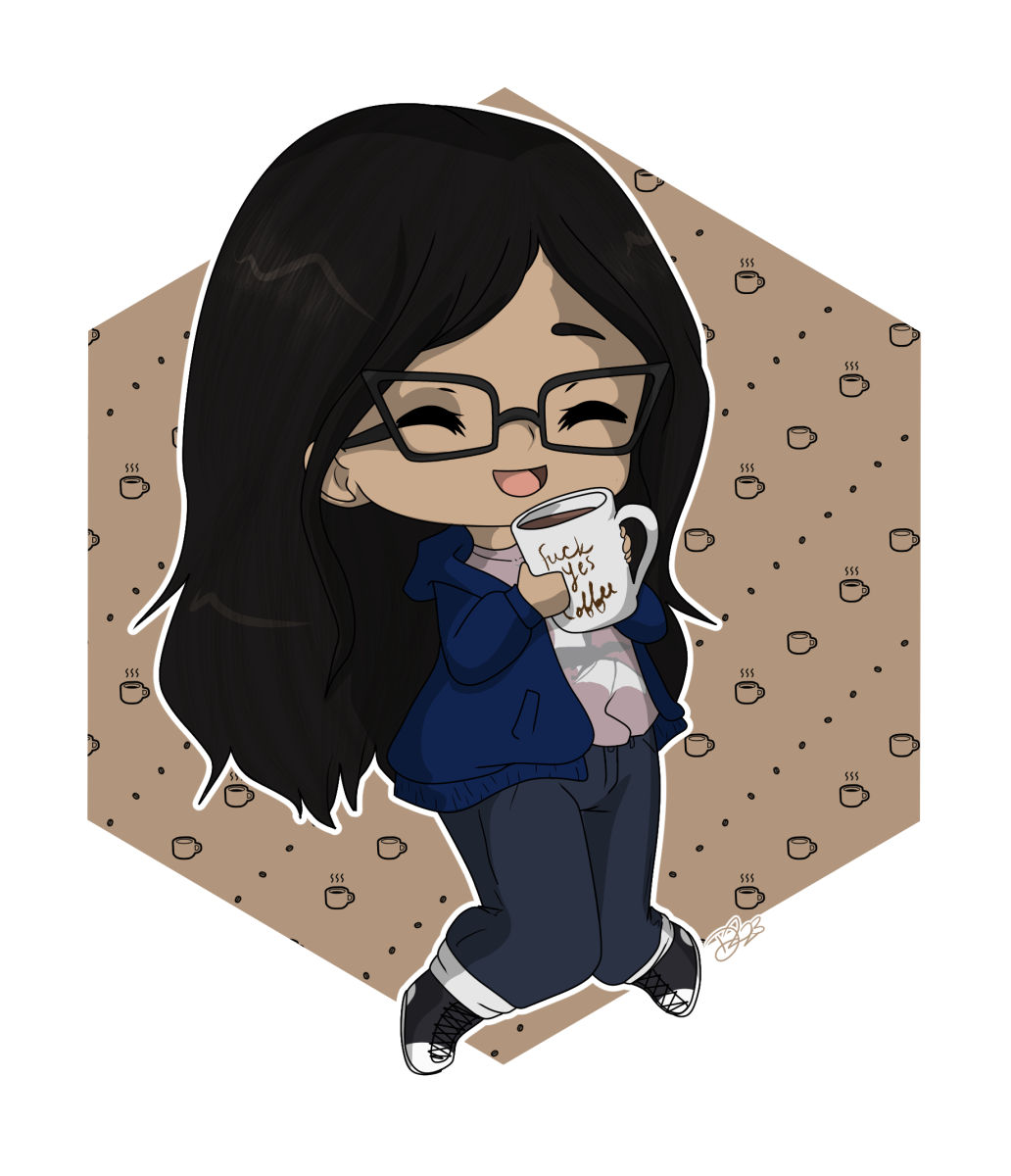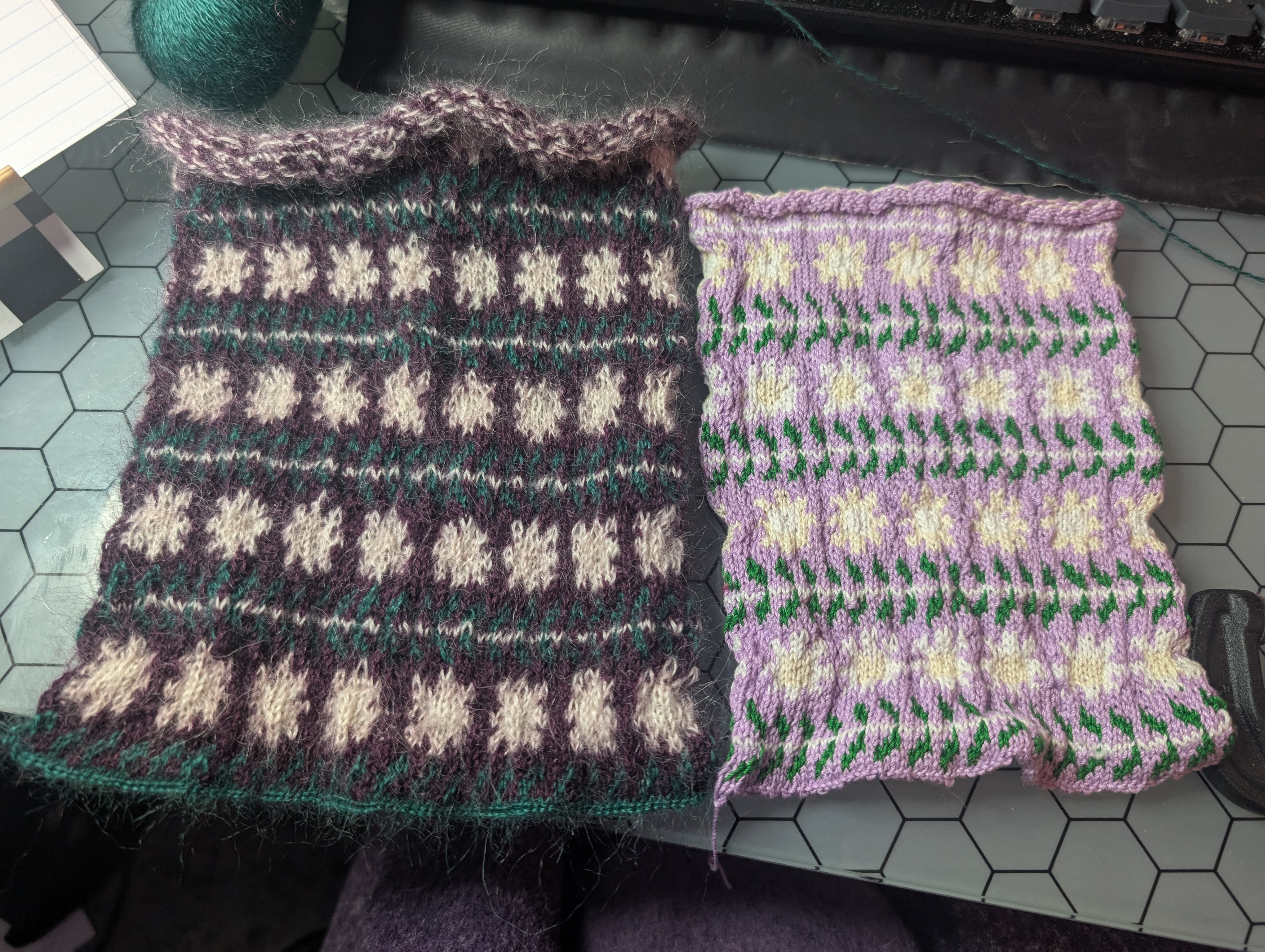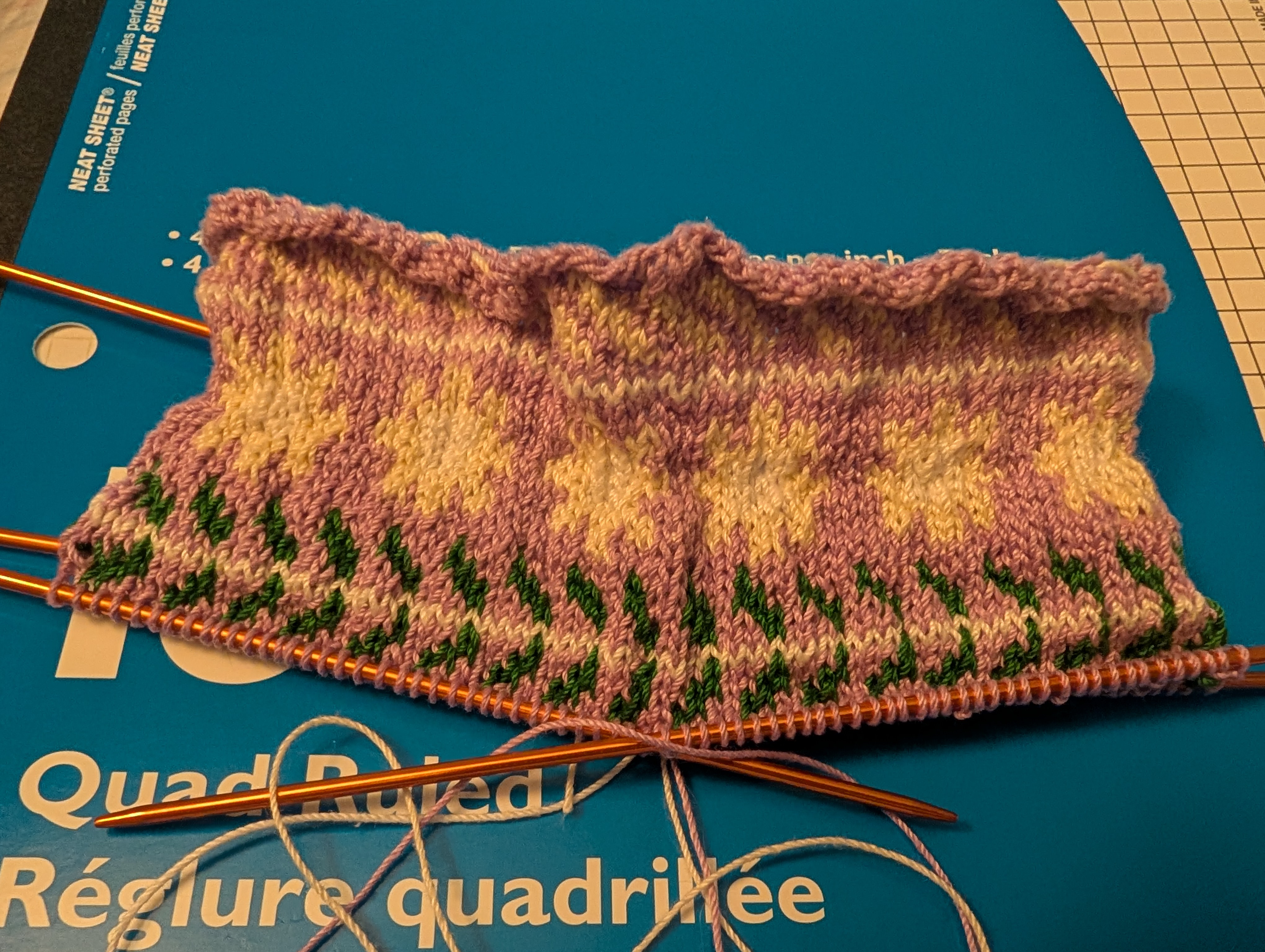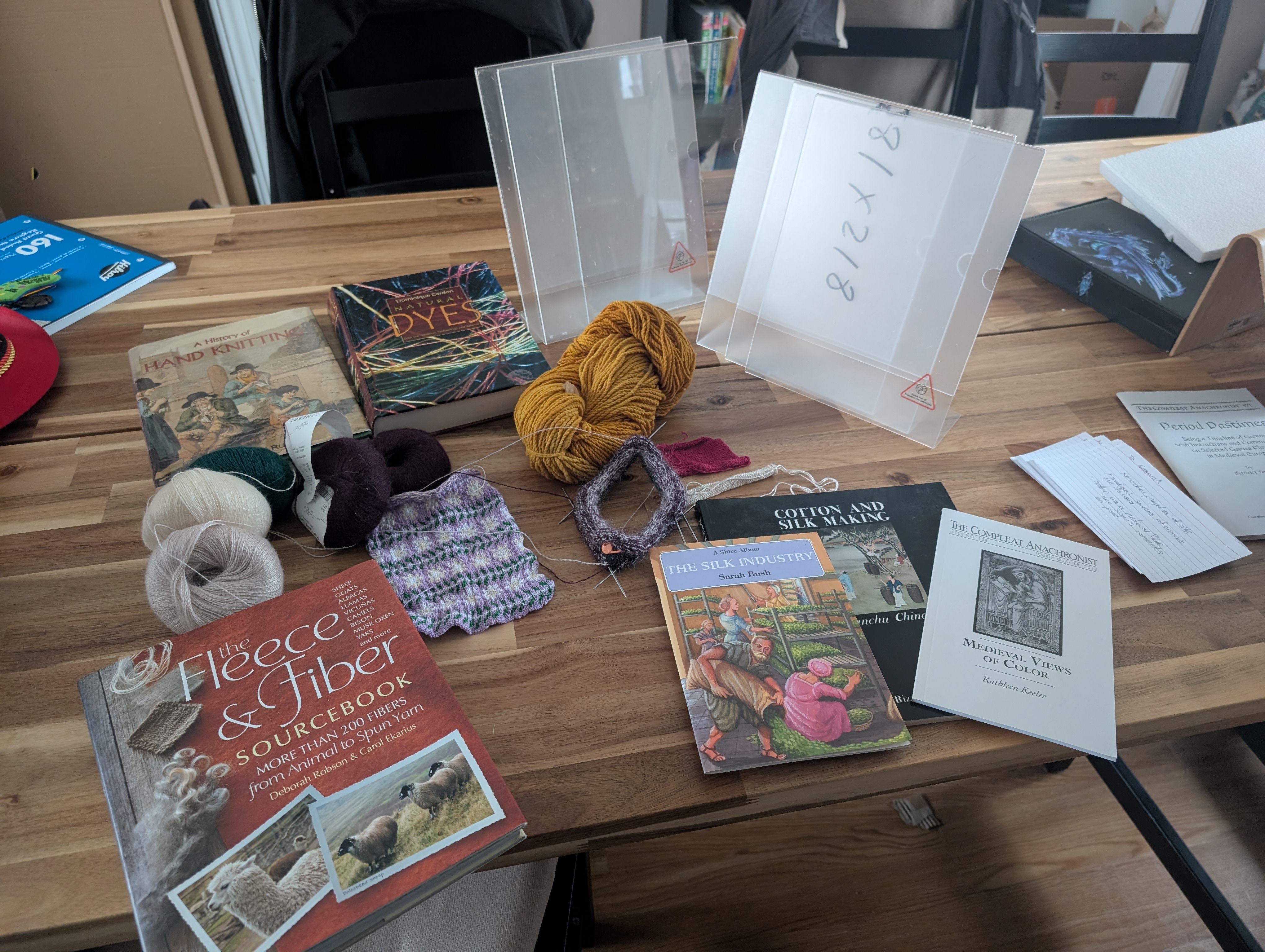During the Middle Ages, devout Christians believed Reliquaries contained divine powers of restoration, luck, healing powers, or could bestow blessings and miracles. Such items were teeth, bone, pieces of wood or cloth that were believed to have been handled by Christ and his Apostles or were bodies of divine saints blessed by God. People considered such items more valuable than gold or gems. They kept reliquaries in containers to store, protect, and maintain the relics within while still displaying the item.
People kept these sacred objects in boxes, cases, and purses made of expensive materials like gold, silver, ivory, and silk, and decorated them with precious gemstones. Artwork and surviving reliquaries from the time show they often highly decorated them, which depicted scenes or reflections common to a Christian theme. On display is a chasse from the Met Collection from the twelfth century, show depictions of the crucifixion, Saint Peter, and Christ’s Apostles on it. The oldest forms of containers for reliquaries and sacred items were cloth bags or purses.
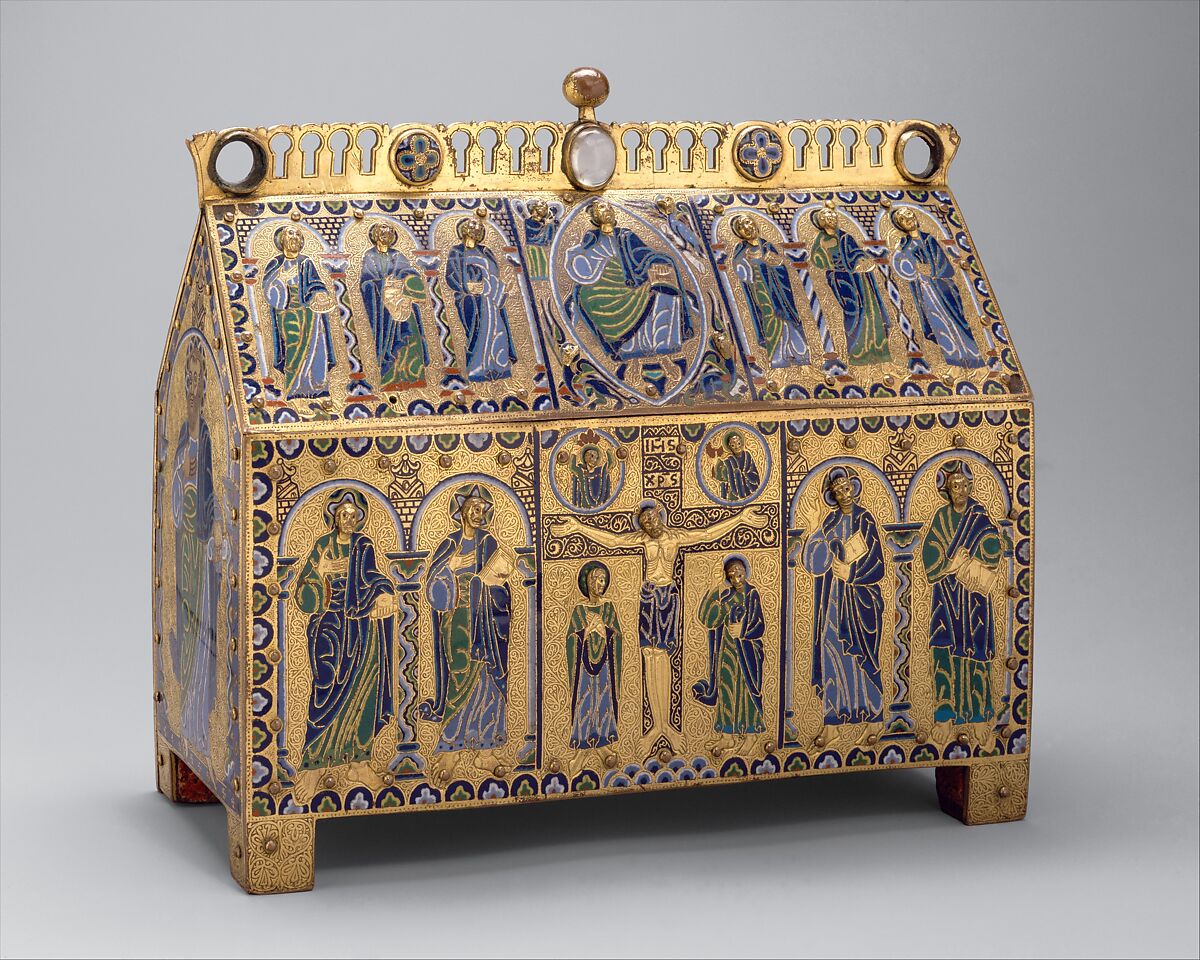
Chasse with the Crucifizion and Christ in Majesty ca. 1180-90, on display at the Met Museum
Sometimes people created purses expressly for privileged individuals, designing them to be hung around the neck. This allowed pilgrims and travelling holy men to still display the sacred item while keeping their hands free. It also ensured the relic’s safety during travel, allowing them to keep it close and easily tucked away. The material of such purses varied, with surviving extant examples being made of cotton, wool, linen, and silk and dyed in bright, contrasting colours. Stars, crosses, and even personal heraldry decorate the surviving purses in collections and museums.
Five purses from the fourteenth century were in the treasure of the cathedral in Sion, the oldest diocese in Switzerland, at the Abbey of Saint Maurice. The same individual is believed to have created all five purses, which were all made of spun silk and dyed in a variety of reds, blues, violets, greens, and yellows. The same individual likely made a sixth bag as the five in Sion; it is a blend of wool and silk and has a heraldic design. It was found in the Cathedral of Chur, on the other side of Switzerland.

Scion Purse IV photography done by Kornbluth Photography
These six bags range in size from 20.5cm to 34cm in height and 16cm to 26cm across. All of the bags are flattened rectangles; the knitter knitted them in a circular fashion and bound them off at the bottom. Each bag has nine to fourteen tassels adorning it, with each tassel ranging from 13cm to 14cms. A braided string is woven through the top of each bag, acting as a closure for the bag. The stitch count on each bag is approximately seven stitches to a centimetre; the knitting needles used are likely no bigger than a thin wire.
Various excavations have yielded knitting needles from that era, such as those discovered in York’s Aldwark tenement housing, which were crafted from copper alloy and had blunted tips. Archaeologists have found surviving ivory knitting needles in ancient Gaul, and they have also discovered examples of poured iron needles at dig sites throughout Europe, the Mediterranean, and Northern Africa. Several different materials, including metal, wood, or ivory, could have been used to make the needles.
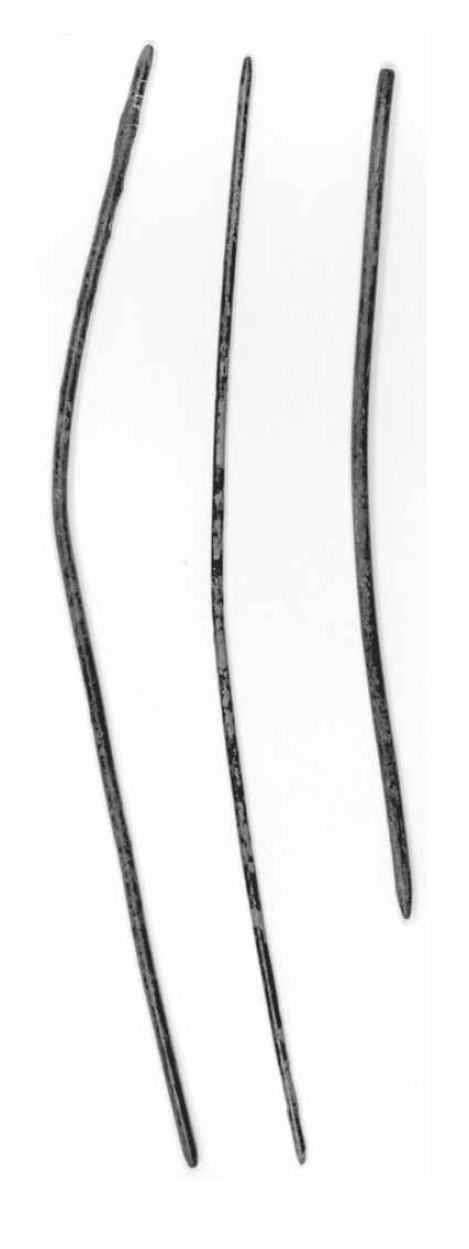

Pictures from Craft, Industry and Everyday Life: Finds from Medieval York
Paintings from the time depict images of women knitting, like that of the Virgin and Child altarpiece from the collegiate church of Borja, commissioned in 1465 to Nicolás and Martín Zahortiga. The figure is knitting in the round with five needles, as was the practice of the time. The earliest verifiable form of the purl stitch was in 1562 with the stockings belonging to Eleanora of Toledo. Knitted items such as reliquary bags were knitted in the round and finished flat, the closing of the bottom of the bags as the binding off of the stitches. Knitted socks, like the cotton examples found in Egypt, were knit flat with hooked needles.
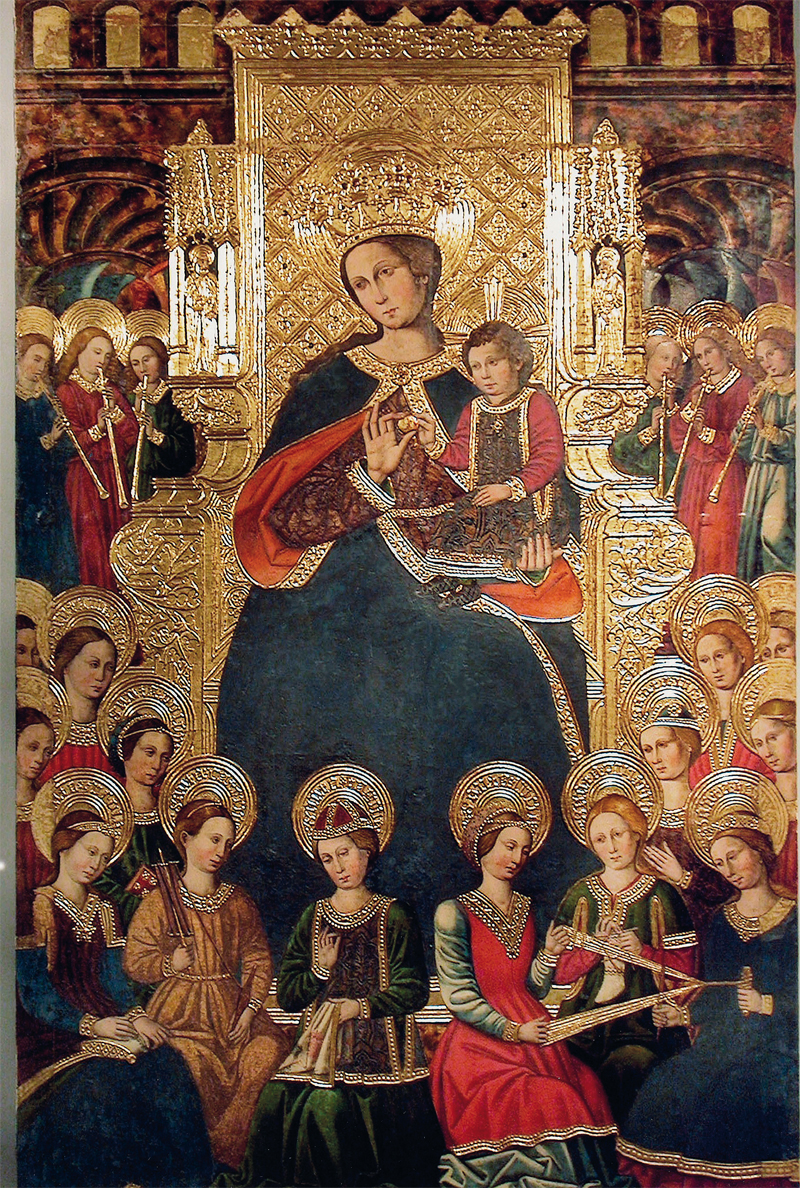 Virgin with Child, Nicolás Zahortiga from the Collegiate Church of Borja
Virgin with Child, Nicolás Zahortiga from the Collegiate Church of Borja
Materials for knitted purses ranged from wool, silk, and goat to linen and cotton. Surviving reliquary purses on display are made from wool, silk, linen and cotton and references in the Bible and in the Ottoman Empire to Angora goat hair being used to make cloth. Because knitted reliquary bags were often personal, people used the most expensive material they could obtain to make the bag. Silk was a desirable choice for several reasons. It was more expensive as it was difficult to acquire, as only spun silk was used for knitted projects, it absorbs and retains dyes better than other fibers, like linen or wool, and the resulting texture was more pleasant to the touch than other fibers. Silk, when stored out of sunlight, maintains dye colours and doesn’t degrade as quickly as plant fibers would. It also has the characteristics of being isothermal, maintaining a more consistent temperature to the contents stored inside, and is less absorbent than wool, keeping the items dryer. Mohair has similar dye retention and fibre characteristics like absorbency, to silk, though is coarser to the touch.
 Chart created based on high resolution photos of extant, made on Chart Minder
Chart created based on high resolution photos of extant, made on Chart Minder
The dyes used to achieve the colours for knitting ranged from plant materials, like madder and various species of lichens, to shells and molluscs. Someone even used animal blood to elevate the colour red. In the fourteenth century, the silk used for the bags were likely dyed with the highest quality materials, like molluscs from the Muricidae family, to achieve the violet colour, and madder mixed with blood and rancid olive oil to achieve the vibrant shades of red found in some examples. Animal fibres do no keep plant material for dye as well as cotton or linen, though silk readily absorbs and keeps dyes from most sources.
Purses served important purposes in history, as places to hold wealth, keep treasured possessions, and store sacred items. Surviving examples of purses beyond those of reliquary purses are made from a wide range of materials and varying levels of decoration. The reliquary purses that remain with us today show a level of skill and quality of the artisans, though made of materials that was only available to a select few during the time. The Cathedral treasuries in Sion and Chur protected the purses from light and the elements, giving us a glimpse at the skill and artistry of the fourteenth century.
Below is the purse knit in mohair based on the design from Scion Purse IV, completed November 2025

